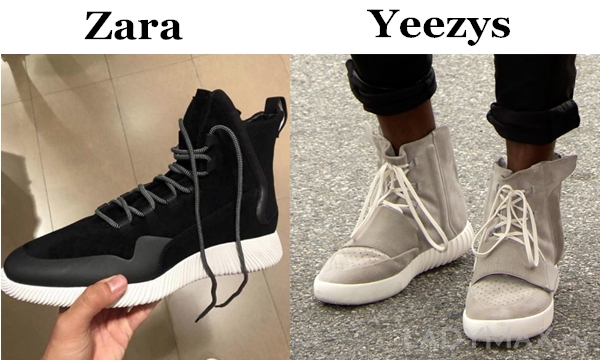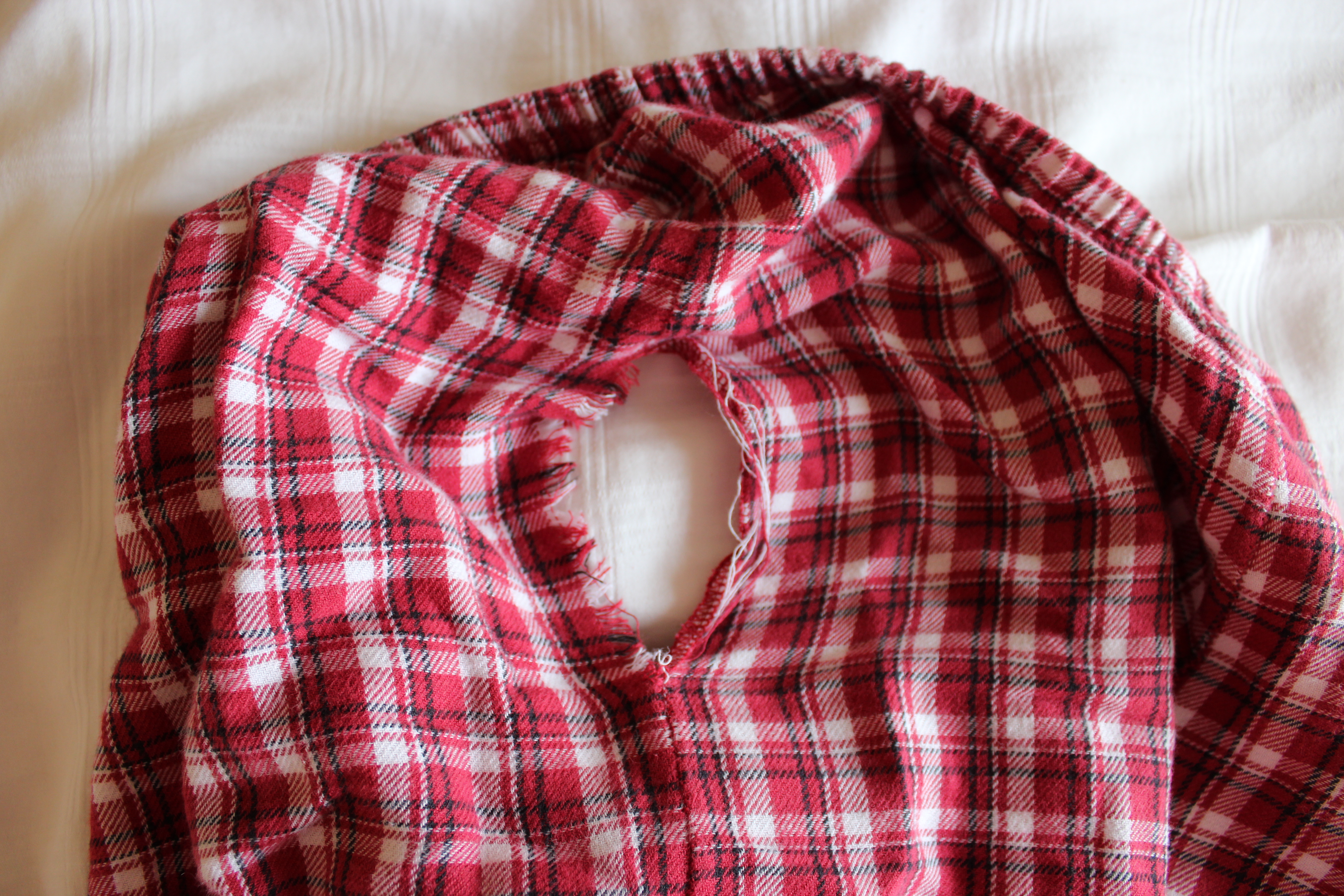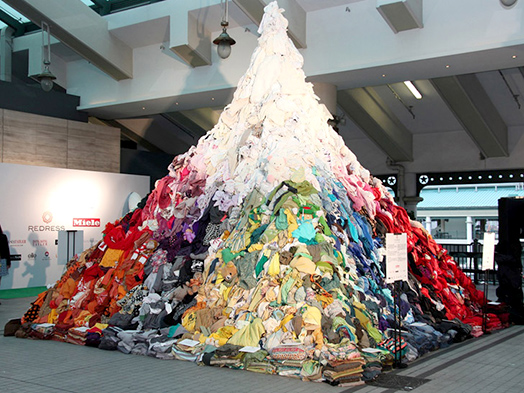1. Consumers are being exploited and tricked

Consumers see flashy higher end clothes on the celebrities they like and fall for the mimics made by these fast fashion brands, however they sell for a fraction of the price. For example Zara a popular fast fashion brand copied Kanye Wests popular and expensive yeezy’s back in 2016. The prices initially make it seem like a smart idea to shop at these retailers. Kanye’s yeezy’s sell for around a thousand dollars today, Zara’s price would only be a fraction of that at around 100 dollars. Sadly the cheap prices come with a bigger cost.
2. Inhumane practices within fast fashion

Clothes can be produced and sold cheaply because they can cut costs in labor by moving production overseas and taking advantage of the different nations laws. Many of these nations are already corrupt and won’t care as long as they are making money. In China there was a case where they found children under 18 being used for their labor and forced into sweat shops. Child labor has been decreasing since the earlier 2000’s but even today, about 11% of children around the world are still being put to work and excluded on their right to education due to the extensive labor the sweat shops milk out of them. The working conditions for all the “sweatshop” workers both adult or child, are unsafe and hazardous due to the lack of care of their governments.
3. Fast fashion clothing uses cheap materials leading garments to break and wear out sooner

These cheap materials utilize overseas fabriques, using the same type of sweatshops to create cheap fabrics. Again these fabrics are convincing and hard to reject when you're looking to shop because of how good the price looks but it’s another trick. The garments wear out only after a few uses, leaving the consumer in need of a replacement. This goes on and turns into a cycle. It’s a pretty good business model for the companies, constantly pushing out “affordable” clothes and throwing out whatever sits in stores because of how cheap it is. Sadly this isn’t sustainable and just worsens climate change.
4. Potential extinction in animals due to leather and fur in luxurious garments

Animals have been hunted, poached and worn since prehistoric times. But in today's fashion industry we can see the effects of this in even more common animals like bears, beavers and wild cats becoming endangered. If this continues we could see species of bears like the grizzlies go extinct in the future. For perspective in “leather production alone, 2.29 billion of animals had to die in 2018, including cows, calves, goats, pigs, and buffalos.” This is too large of an amount of dead animals just for clothing and will most definetly effect our environment in a negative manor sooner than later. Diversity is key in everything and extinction in what’re already endangered species will lower their chances of survival in changing environments.
5. Keeping up with trends and addiction

A regular person trying to stay fashionable and keep up with trends will turn to fast fashion brands as an affordable alternative. When looking through media and seeing the next “big” trend in clothing with an affordable price the consumer will continue to shop in order to satisfy their perception of what they need. When shopping “deals” with big discounts the consumer will feel happy, like they’re winning, the feeling is very rewarding and addictive. This comes from the dopamine release associated with shopping and can/will lead to addiction long term just eating up the consumers money.
6. Sustainability doesn’t exist

Fast fashion is so far from sustainable, it literally damages the planet as clothing is produced. Fast fashion doesn’t pay much attention to demand because they know someone will always buy their product so their objective is to push out as many clothes as they can. As a result they create a lot of waste and leftover clothes and a byproduct of their fabriques and textile factories is toxic wastwater. A dangerous liquid that’s comprimised of asrenic, lead, mercury and more which is very unhealthy and dangerous for both humans and wildlife. Fast fashion also produces 10% of global carbon emissions. Some designers also use other chemicals like formaldehyde, pesticides and other carcinogens to create certain designs and colors. These chemicals are very dangerous to workers and can kill animals in the area and even weaken soil diversity making it easier for environments and plant life to die out.
7. Won’t see the damage until it’s too late

With todays ignorance in people especially the younger generation, we may not fight fast fashion in time to make a difference in the matter. Climate change has already been at work slowly killing the artic and the polar bears which reside. With the mass amounts of polution that fast fashion produces and dumps into the air and ocean our planets health isn’t looking too good. Sadly I don’t think peoples attitde towards fast fashion will change until they see the chemicals and dyes in the ocean themselves.